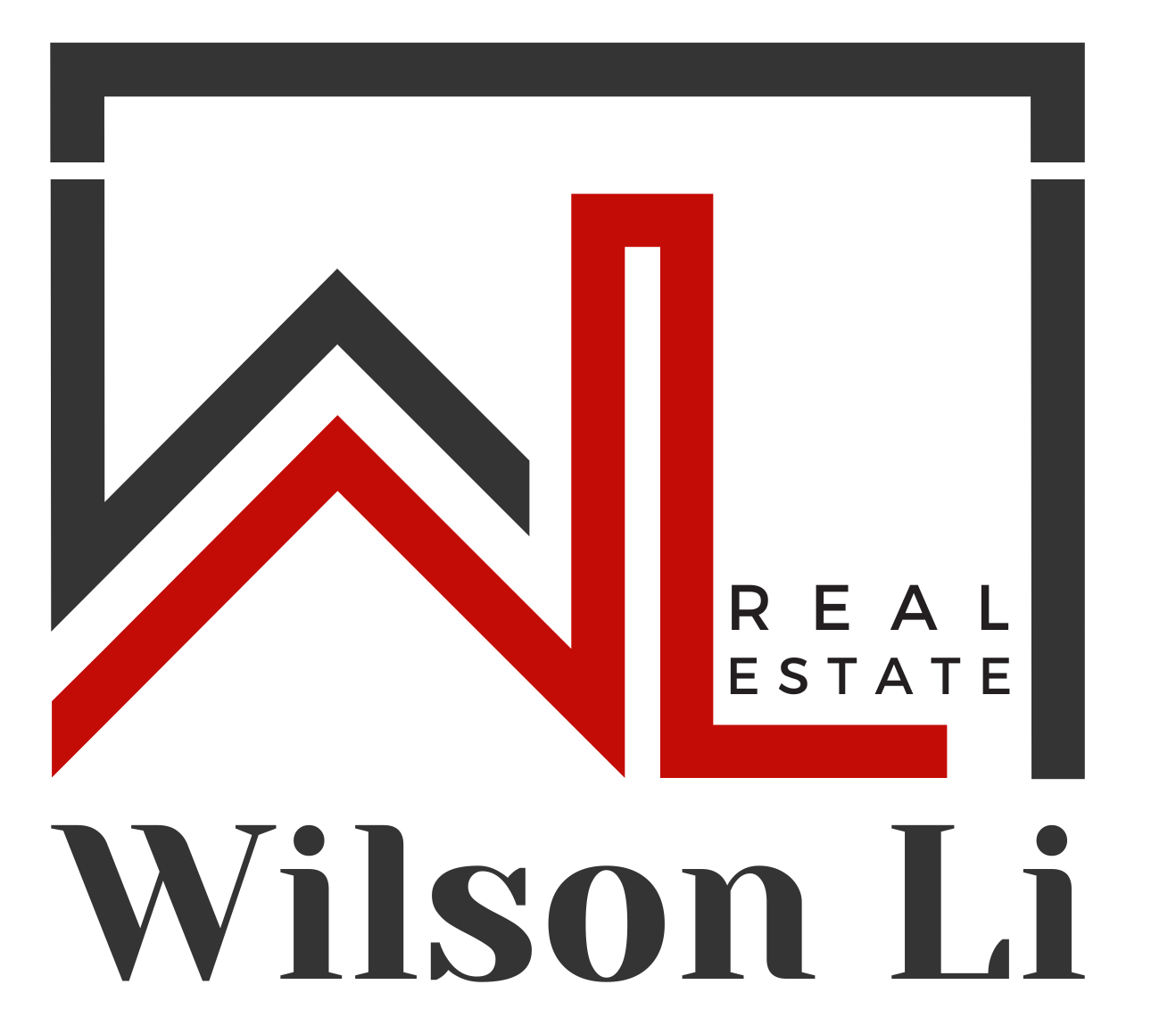Whether you have a teen entering Grade 9 or you're buying a home with future schooling in mind, knowing your options when it comes to Guelph’s high schools is key.
These four secondary schools—Centennial CVI, Guelph CVI, John F. Ross, and Bishop Macdonell—are among the most recognized in the city, offering a wide range of academic programs, extracurriculars, and strong post-secondary pathways.
Let’s take a deeper look at what each school has to offer.

🏅 1. Centennial Collegiate Vocational Institute (CCVI)
📍
Upper Grand District School Board
🧠
Fraser Institute Score: Ranked among the top 5% of Ontario high schools
🎓
Enrollment: ~1,700 students
Why it stands out:
CCVI is often considered the top academic high school in Guelph. It offers a strong
Advanced Placement (AP) program and enrichment courses in math and sciences. Students consistently perform well on standardized tests and are well-prepared for university-level academics.
Special Programs:
- Advanced Placement (AP)
- Specialist High Skills Major (SHSM) in Environment, Business, and Health & Wellness
- Strong music and drama departments
- Leadership and debate clubs
Alumni Highlights:
Graduates have gone on to attend top universities in Canada and internationally, including the University of Toronto, Western, and McGill. CCVI alumni often pursue careers in law, medicine, tech, and engineering.
🏛 2. Guelph Collegiate Vocational Institute (GCVI)
📍
Downtown Guelph |
Upper Grand District School Board
🎓
Established: 1854 – one of Ontario’s oldest high schools
📈
5-Year Fraser Avg: 8.3/10
Why it stands out:
GCVI is known for its
International Baccalaureate (IB) Diploma Programme, a globally recognized academic track. It also has a thriving arts community and inclusive school culture.
Special Programs:
- IB Diploma (one of few in Southwestern Ontario)
- SHSM programs in Arts & Culture and Information & Communications Tech
- French Immersion
- Strong visual arts and performing arts programming
Alumni Highlights:
Many GCVI grads have pursued careers in politics, journalism, and education. Its downtown location and historical reputation give it a “university prep” atmosphere.
🧪 3. John F. Ross Collegiate Vocational Institute (JFR)
📍
East Guelph |
Upper Grand District School Board
🎓
Enrollment: ~1,500 students
🏆
Fraser Score: 7.1/10
Why it stands out:
JFR is a large, diverse school known for its
hands-on learning opportunities and balanced focus on academics, trades, and co-op. It has one of the strongest
SHSM programs in the city and serves a wide catchment area.
Special Programs:
- SHSM in Construction, Hospitality & Tourism, and Health & Wellness
- Dual Credit and Co-op Education
- Robust athletics program including football, rugby, and track
- Auto shop and technical programs for skilled trades
Alumni Highlights:
JFR graduates go on to a mix of college, university, and apprenticeship programs. Some have become notable trades professionals, educators, and small business owners in Guelph.
✝️ 4. Bishop Macdonell Catholic High School (Bishop Mac)
📍
Wellington Catholic District School Board
🎓
Fraser Institute Score: 7.6/10
Why it stands out:
As Guelph’s flagship Catholic high school, Bishop Mac offers
faith-based learning alongside strong academics and a welcoming student community. It’s smaller than the public schools but known for personalized support and high graduation rates.
Special Programs:
- Extended French program
- SHSM in Arts & Culture and Health & Wellness
- Mission trips and Catholic social justice programming
- Close ties to parishes and local charities
Alumni Highlights:
Bishop Mac grads often continue to Catholic post-secondary institutions or pursue healthcare, education, and public service. Many alumni return to serve in the Guelph Catholic school system.
🏡 Why Secondary Schools Matter for Home Buyers
Choosing a home near a strong high school is not only great for your kids—it’s also a smart long-term investment. School quality impacts property value, resale appeal, and your daily life.
As a local real estate agent, I can help you:
- Find homes in catchment zones for CCVI, GCVI, JFR, or Bishop Mac
- Understand school boundary maps and French/IB program availability
- Explore nearby neighborhoods and future resale potential
🎯 Final Thought
No matter your child’s interests—whether it’s STEM, the arts, trades, or university-bound academics—Guelph’s high schools offer diverse pathways for growth and success.
Thinking about your family's next move? I’d be happy to help you find a home that fits your education and lifestyle goals.
📩 Reach out any time—let’s talk schools, real estate, and what’s right for your future.









